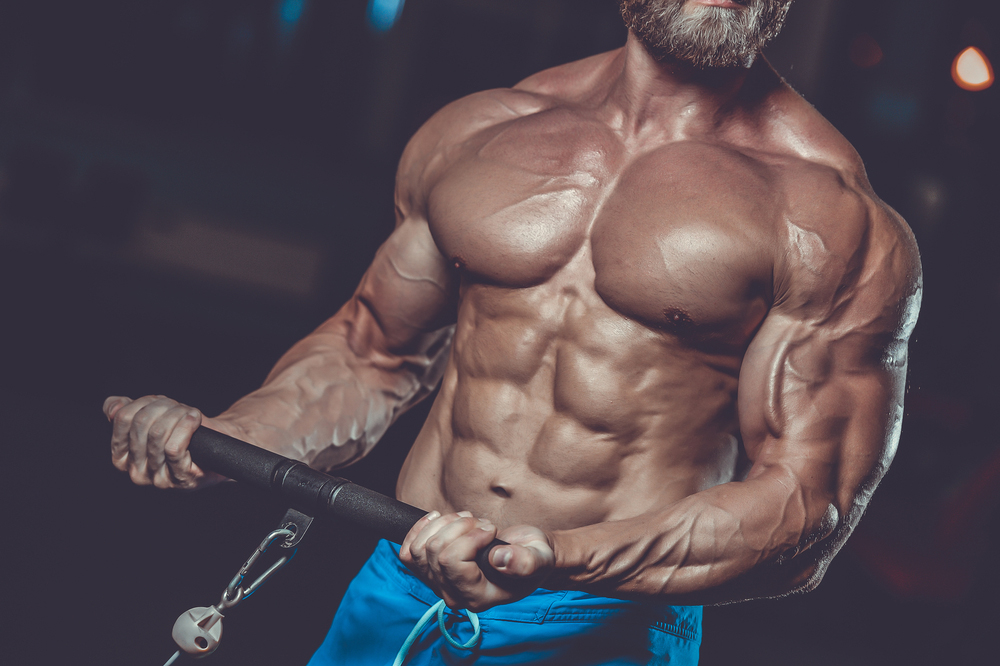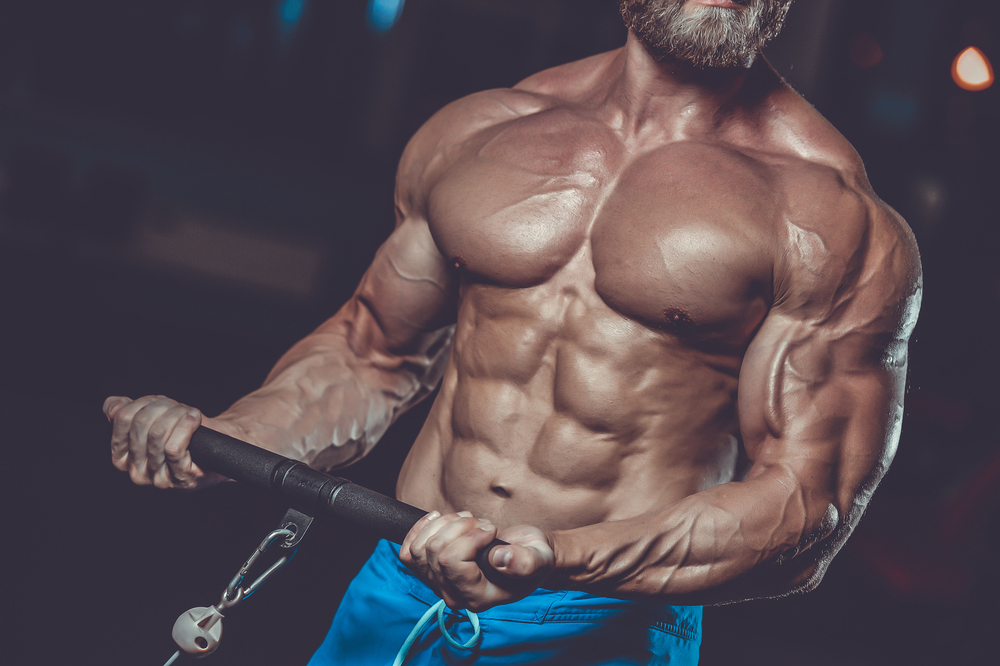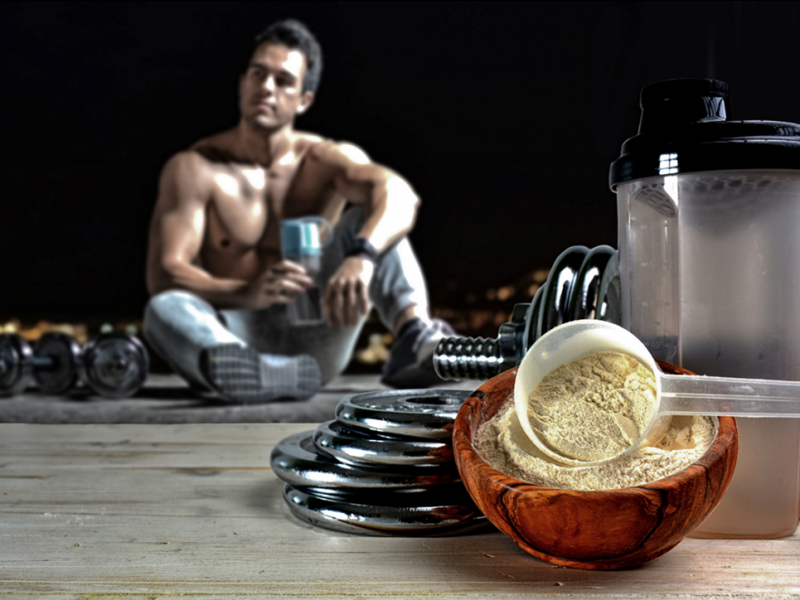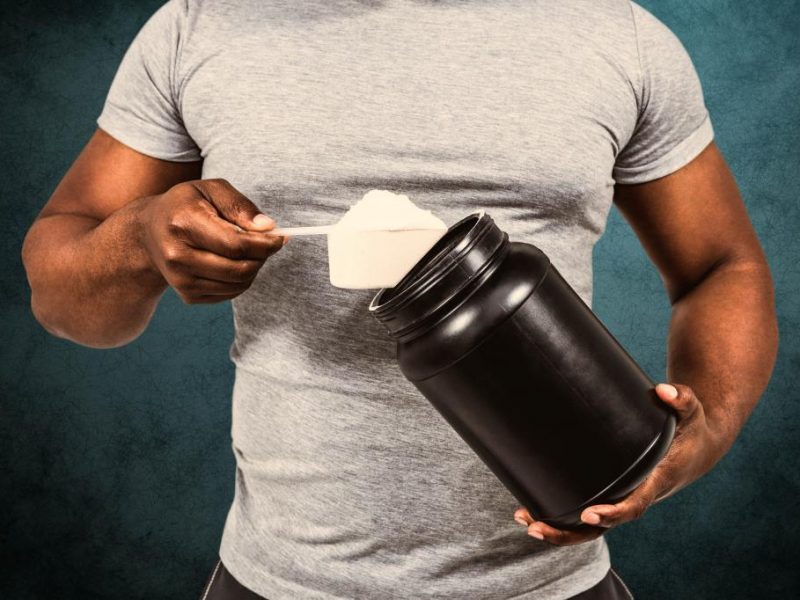When you train, there are several principles of strength and conditioning that you must keep in mind, but individuality , a basic principle is not always understood.
This principle, that of individuality tells us that each athlete will respond differently to the same stimulus derived from training, diet or other physiological or psychological factors.
For example, a group of athletes looking to gain size could follow the same well-designed program, but after completing it, the individual training response could differ between each of them.
The individual factors
This is due to individual factors such as age, sex, body size, limb length, distribution of muscle “type” or training experience, among others.
Given that each of these variables differs between individuals, we obtain a variable response to a training program that includes everything: exercises, diet, rest, stress, etc.
Each human parameter can also change over time at any time depending on the demand incurred from birth to death.
Not only do people have stress organs of different sizes, but each person has their own tolerance to stressors, and each person has different levels of stress and responses to stress (1).

Likewise, each person has different responses to food or food supplements (supplements), from its intake to its processing through digestion or its bioavailability to train, to burn fat or accumulate it, including the different facets of protein synthesis ( 2).
Well, everything has to do with a human being, and this is due to the individuality principle, which we analyze according to each factor.
The environment also influences
The environment will also influence the response to training or diet, that is, everything that surrounds the athlete that is not part of their body and, this is due to individuality .
Most athletes have competing priorities in their lives, for example work, family and others that naturally consume energy and time.
The demands of work are intertwined with those of home and family and, in turn, affect when, where and how you train, generating accumulated stress that will affect the way you train, which in turn will affect your response to training.
But this can be different in the life of your training partner, team and even your competitor, therefore, even if they are the same age, gender, size and training experience, their response to training will follow. being different due to these external influences from the environment, which differ from each other.
Individuality : are you understanding it ?
Simply, because your time is valuable and you want your training program to provide you with the greatest benefit, the idea of optimizing your performance and that this objective helps you to fully enjoy your sports activities.
Your training regimen should reflect your needs and goals; well, if you ignore this principle of individuality, you run the risk of setting unrealistic goals or expectations, which sets you up for failure.
Copying someone else’s program or simply improvising it will not help you progress in your training.
Individuality and Training
The principle of individualization dictates that sports training must be adjusted according to the characteristics and needs of each athlete, such as age, sex, rate of progress and previous experience.
The goal of individuality is to capitalize on the strengths of each athlete, exploit their genetic potential and strengthen their weaknesses.
Training program reviews can come in many ways: adjustments can be made for skill level, size, medical conditions, injuries, level of motivation, or other natural assets.
While personal attention is time consuming, working with a coach on a personalized program can accelerate an athlete’s progress.
Individuality : what to do?
The application of the principle of individuality can be given to individual or team athletes, depending on the type of training. However, the following factors are transversal to any program:
- Establish clear goals : The established objectives must be in relation to “realistic” results, which can be customized according to the physical and psychological factors around you.
- Tests: Obtaining your reference measurements and evaluating the results is the most accurate way to apply this principle. In addition to skills and aptitude tests, analytical tests conducted by coaches and other professionals provide clues as to how you can fine-tune your training.
- Optimize deficiencies : You should consider ways to overcome your weaknesses as much as possible, for example, if you have low motivation, you should set specific goals and reward your progress, or if you are a conservative athlete, varies the activities and even the way of training.
- Gender differences : You have to be sensitive to physical and cultural differences: women and men can work in the same program, but there are hormonal, physical and psychological factors that must be taken into account to design a program based on individuality .
- Positive-Negative-Positive : Reinforce your positive points and also point out negative areas, as positive reinforcement encourages you to persist. This is especially useful when you have difficulties, either on a given day or constantly, due to personal weaknesses.
- Take age into account : If you are over 45-50 years old, you must take into account the decrease in flexibility, postural deviations, body composition and other factors related to orthopedics, in addition your sports life should not interrupt your “normal” life in any way. And, if you are young, you must learn, learn and learn … we talk about diet, training, competitions, recovery …
The individual differences
We are referring here to individual differences in motor skills, as one of the challenges coaches face is that individual differences between athletes make each of them unique in their ability to succeed or achieve specific goals.
Height, body type, muscle fiber composition, level of motivation, and learning styles are among the many factors that affect how long athletes will become competent.
Due to the uniqueness of athletes, instructional and training strategies will not be equally effective and analysis of motor skills can help optimize the genetic potential of each athlete.
The same happens with the metabolic capacity of each athlete, since training is related to diet. In this context, Santi Cano, gives us a master class on the importance of customizing the diet when doing bodybuilding
Skills vs skills
Motor skills are inherited and relatively stable traits of athletes, which are prerequisites for performing various sports skills (3).
These skills are predictors of athletic performance in the same way that intelligence is a predictor of academic performance.
Many specific skills have been identified and grouped together such as: multi-limb coordination, control precision, marksmanship, explosive strength, dynamic flexibility, limb movement speed, movement rate, and force control.
While motor skills are innate characteristics of athletes, motor skills refer to the ability to perform with maximum certainty, minimum energy, or minimum time and are developed through practice.
Coaches can analyze sports skills by identifying motor skills necessary for sports performance.
For example, if we were to analyze a bench press, we could divide it into:
- (a) mental focus
- (b) grip strength,
- (c) mind-muscle drive.
- (d) force when lifting / lowering
- (d) motor control
- (e) flexibility
Coaches often refer to these skills as part of the “demands of a specific sport or activity” and this analysis of the skills allows better determination of practice tests, practice activities, instructional strategies and even strength and conditioning activities.
An example is knowing your 1RM in a certain exercise and this can be seen in an explanatory video by our coach Curro Hernández.

What a trainer should do
First of all, a coach should individualize his sports training programs that take into account differences in motor skills, as well as gender, attitudes, motivational level, medical history, previous experience and other factors that affect performance.
- Take tests of motor skills inherent to specific sports skills and include them in the tests.
- Avoid making conclusive predictions about future performance based on initial practice, especially for beginners. Some who do well in the beginning may not do well later.
- Design skills learning experiences that take advantage of each athlete’s best abilities and compensate for weaker ones.
- Use the grouping of motor skills when designing training activities, in order to better combine the activities of conditioning, strength, power, volume, definition, pre-competition or post-competition recovery.
- Develop an objective monitoring of all the factors, since things keep changing, just as the days, weeks and months change.
In short, all this is taken into account to develop a training program that includes a diet and personalized training.
Have you used those magazine programs?



